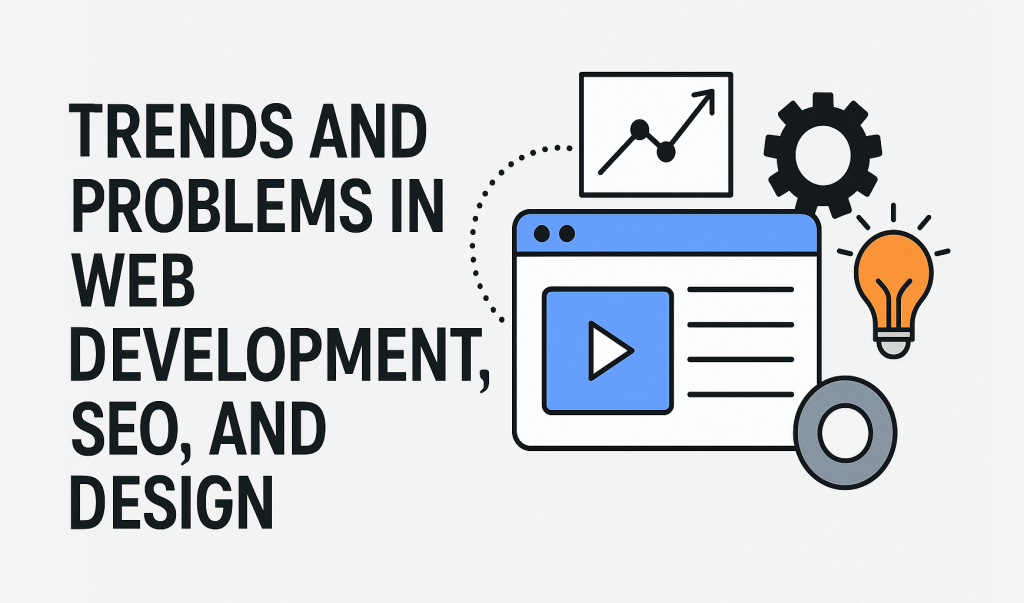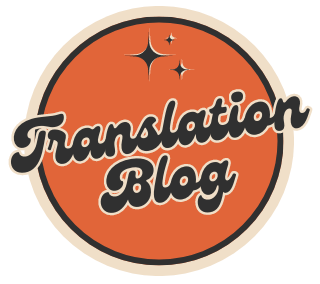The web’s gotten crowded. Not just crowded—noisy, competitive, and fast-changing. For anyone building online—from small business sites to massive e-commerce platforms—the pressure’s on. You’ve got to move quickly, look sharp, and rank high on Google. That means keeping up with trends in web development, SEO, and design… all at once. Sounds overwhelming? It is. But some teams are leaning into smarter workflows, especially with help from an ai automation agency.
Let’s talk about what’s shifting—and how the smartest folks are staying ahead.

1. Web Development: From Custom Code to Component Libraries
Gone are the days when every website was handcrafted line by line. Sure, developers still write code—but now they lean hard on frameworks like Next.js, React, and even headless CMS platforms. Why? Because speed matters. Time-to-market isn’t just a metric—it’s money. If your dev cycle takes six months, you’ve already lost ground.
Another issue? Maintenance. Static HTML pages are easy to break and hard to scale. Component-based development solves this. Reusable blocks of code make the site modular—kind of like building with LEGO bricks instead of carving from stone. Cleaner code, fewer bugs, and easier updates.
But even here, the challenge is balance. Too many plugins or dependencies can bloat your site. One Fortune 500 company had to strip down their massive digital experience because each plugin added lag. The fix? A custom-built design system tied to a lightweight JS framework. It shaved off nearly 2 seconds of load time per page—and gave users a reason to stay.
2. SEO: Google’s Getting Smarter (and Pickier)
SEO used to be about stuffing keywords and tweaking meta tags. Not anymore. Google’s algorithm changes, like Helpful Content and Core Web Vitals, have shifted the game. Now, your content has to actually help people. It’s not about tricking bots—it’s about solving problems better than anyone else.
A big trend right now is semantic SEO. That means structuring your content around user intent, not just keywords. For instance, instead of writing five separate pages on “How to build a site,” “How to design a site,” and so on, the smarter move is a well-organized hub that answers related questions with depth and clarity.
And let’s not forget speed. If your site loads slowly, Google notices—and punishes you in rankings. Compressing images, lazy-loading assets, and minimizing CSS/JS are no longer “nice to have.” They’re essentials.
One startup tackled this head-on by redesigning their blog structure, focusing on E-E-A-T (Experience, Expertise, Authoritativeness, and Trustworthiness). They also overhauled internal linking and schema markup. Within 60 days, they saw a 74% boost in organic traffic.
3. Web Design: Function Is Fashion
Let’s be honest—design isn’t just about looking good anymore. It’s about feeling easy. Frictionless. Users don’t want to think. They want to land on a site and just know where to go. That means clean navigation, bold calls-to-action, and—most importantly—clarity.
A common mistake? Over-design. Sites overloaded with animation, parallax effects, or clunky interfaces. Looks cool, but kills usability. Design has to serve purpose. Ask yourself: Is that motion effect helping guide the user… or just showing off?
A great example of subtle but effective design is the way fintech brands handle onboarding. Instead of lengthy forms, they guide users step-by-step, like a conversation. Microinteractions—like button animations or real-time validation—keep the experience human.
The best teams now use design systems to keep things tight. Think typography rules, spacing guides, color tokens—all documented and ready to plug into development. This closes the gap between design and code, which is exactly where things used to fall apart.
4. Automation and the Human Element
Here’s the plot twist: With all this talk of frameworks, search algorithms, and UI kits—what’s left for people?
Plenty.
AI and automation have taken over the repetitive stuff: generating schema, checking broken links, auditing page speed. A smart ai automation agency can build workflows that handle everything from content updates to SEO health checks without manual input. But that doesn’t mean creativity’s dead. It means humans finally have space to focus on strategy and storytelling.
Take content production. Instead of spending hours optimizing each blog post, teams use AI to scan for tone, keywords, and structure—then focus their energy on writing that actually resonates.
The teams getting this right are blending human and machine workflows. Not replacing one with the other.
5. What’s Next?
Web development, SEO, and design are becoming less siloed and more interconnected. You can’t build a pretty site without thinking about search. You can’t rank without performance. And you can’t move fast if your systems are stuck in the past.
The new standard? Systems that evolve. Processes that adapt. Teams that think holistically.
That might mean retraining your dev team on newer frameworks. Or rethinking your site architecture around intent, not just structure. Or even partnering with an AI-focused agency to automate the boring stuff so you can focus on what matters.
Whatever the approach, the message is clear: the old ways aren’t cutting it anymore. And that’s not a bad thing—it’s an opportunity.
Because if your team can build smarter, write better, and design with empathy? You won’t just stand out.
You’ll actually matter.

